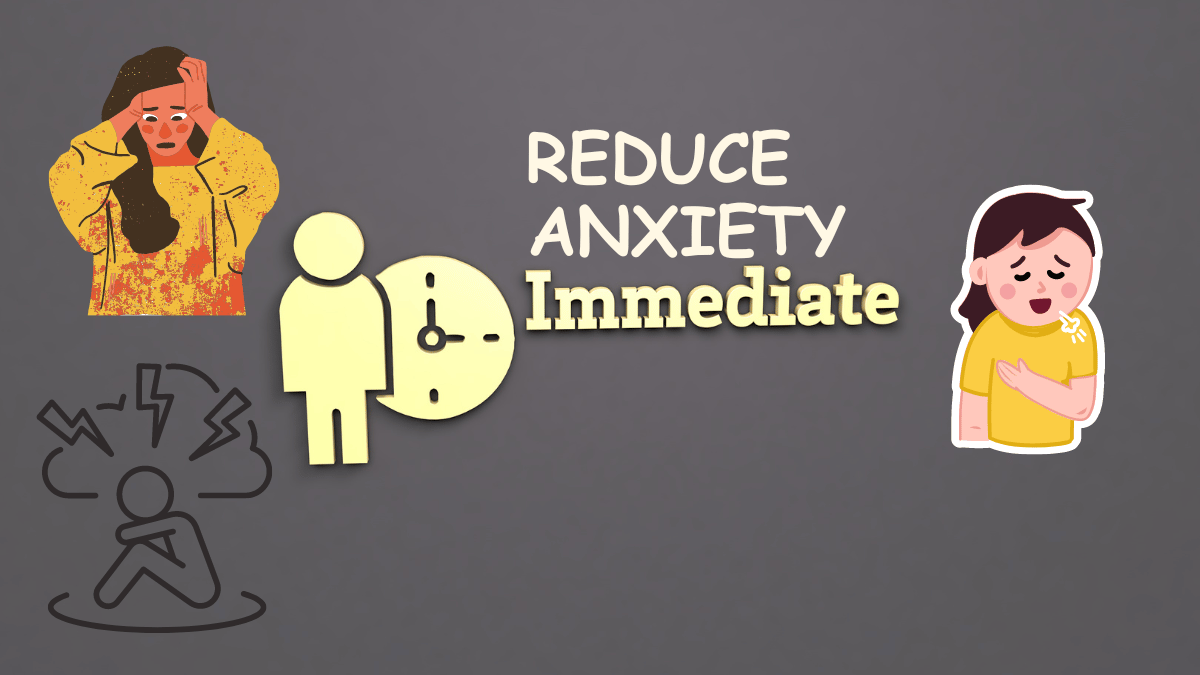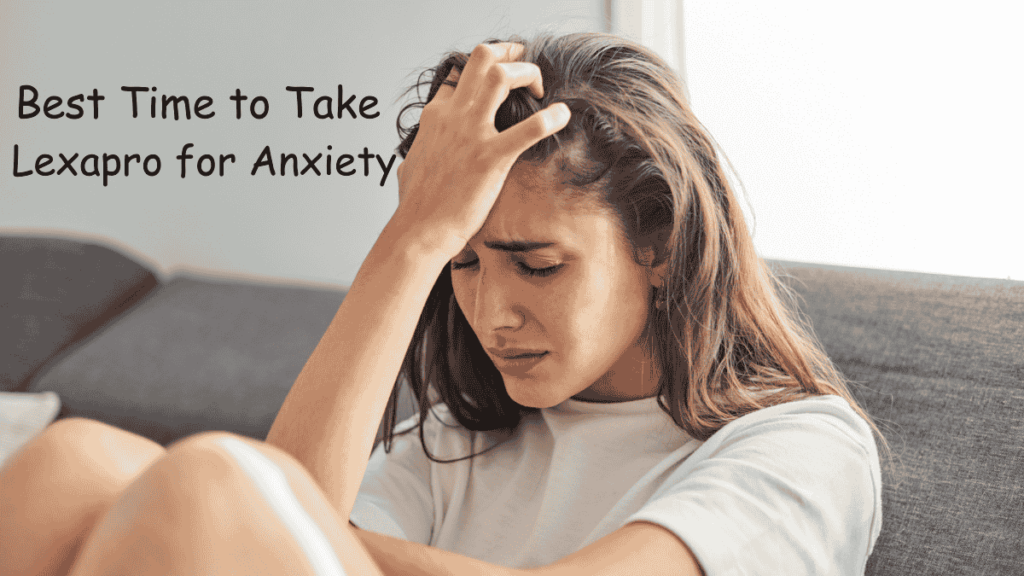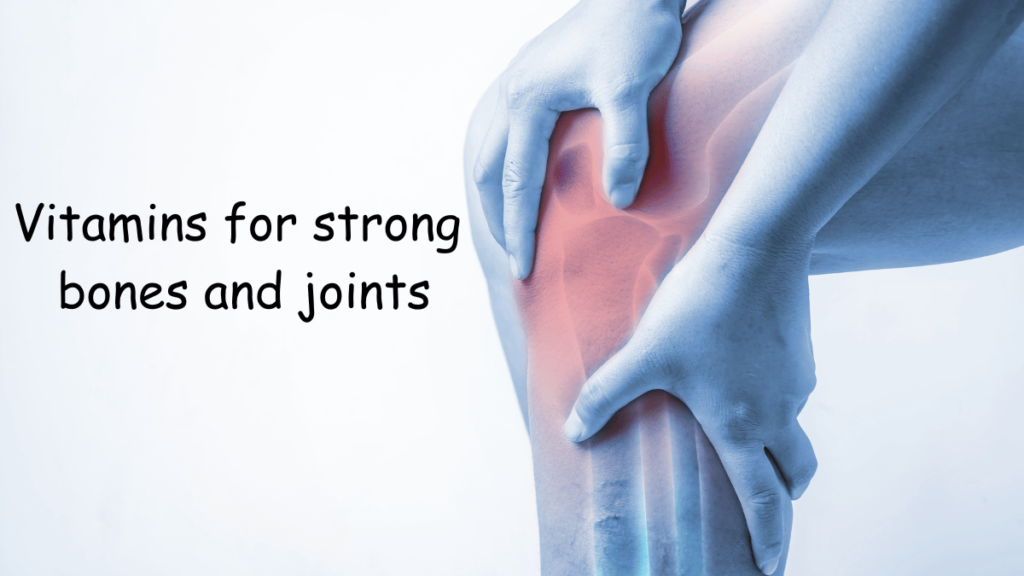What Causes Anxiety to Spike?
Anxiety can spike due to various triggers, and understanding these can help in managing your response. Common causes include:
- Stressful Situations: High-pressure environments, such as work deadlines or personal conflicts, can lead to heightened anxiety.
- Unresolved Trauma: Past experiences or traumatic events can cause sudden anxiety, even years later.
- Overthinking: Worrying excessively about future events or past mistakes can amplify anxiety.
- Medical Conditions: Certain health issues, like thyroid imbalances or neurological disorders, can contribute to sudden anxiety spikes.
- Substance Use: Substance Use Caffeine, alcohol, and certain specifics can complicate anxiety symptoms.
Why Immediate Relief is Crucial
Addressing anxiety promptly is important for several reasons:
- Prevention of Escalation: Immediate relief helps prevent anxiety from escalating into more severe panic attacks or chronic conditions.
- Enhanced Functionality: Quick management allows you to continue with daily activities and responsibilities without being overwhelmed.
- Improved Mental Health: Immediate techniques can help break the cycle of anxiety, leading to better overall mental health and well-being.
- Reduced Physical Symptoms: Rapid relief can minimize physical symptoms of anxiety, such as increased heart rate or tension, which can be distressing.
- Empowerment: Knowing how to manage anxiety quickly can boost confidence and reduce the fear of future anxiety episodes.
Breathing Techniques for Quick Calm
Deep Breathing Exercises
Deep breathing exercises help calm the nervous system and reduce stress. Then’s how to exercise them
- Find a Comfortable Position: Sit or lie down in a comfortable position. Close your eyes if it helps you concentrate..
- Inhale Deeply: Breathe in sluggishly through your nose for a count of four. Feel your abdomen rise as you fill your lungs with air.
- Hold Your Breath: Hold the breath for a count of four. This pause allows the oxygen to circulate and can help you feel more centered.
- Exhale Slowly: Breathe out slowly through your mouth for a count of six. Focus on releasing tension with each exhale.
- Repeat: Continue this cycle for a few minutes or until you feel more relaxed.
Benefits: Deep breathing helps slow your heart rate, lowers blood pressure, and calms the mind by activating the parasympathetic nervous system.
Box Breathing Method
Box breathing, also known as square breathing, is a structured technique that can reduce stress and improve focus. Here’s how to do it:
- Inhale: Breathe in through your nose for a count of four, feeling the air fill your lungs.
- Hold: Hold your breath for a count of four. This pause helps to stabilize your breathing and mind.
- Exhale: Breathe out slowly through your mouth for a count of four, releasing all the air from your lungs.
- Pause: Hold your breath again for a count of four before starting the next inhale.
Benefits: Box breathing helps regulate the breath, reduce anxiety, and improve concentration. The structured pattern provides a calming rhythm and can be particularly effective in stressful situations.

Grounding Exercises to Anchor Yourself
Grounding exercises help you stay present and focused, especially during moments of high anxiety. They involve connecting with the present moment through your senses and surroundings.
5-4-3-2-1 Grounding Technique
The 5-4-3-2-1 technique helps bring your focus to the present moment by engaging your senses:
- 5 Things You Can See: Look around and identify five things in your environment.
- 4 Things You Can Touch: Notice the texture and feel of four different objects around you.
- 3 Things You Can Hear: Listen for and identify three distinct sounds.
- 2 Things You Can Smell: Focus on two different scents or odors.
- 1 Thing You Can Taste: Pay attention to one taste, whether from food, a drink, or the lingering taste in your mouth.
Benefits: This technique helps distract your mind from anxious thoughts by concentrating on sensory experiences, grounding you in the present moment.
Using the Senses to Stay Present
Engage your senses to remain anchored in the present:
- Visual Focus: Observe details in your surroundings, like colors and shapes.
- Tactile Awareness: Feel different textures, like the surface of your desk or the sensation of a soft fabric.
- Auditory Awareness: Listen closely to ambient sounds, such as birds chirping or the hum of a fan.
- Olfactory Engagement: Smell familiar scents, like coffee or essential oils.
- Gustatory Awareness: Savor the taste of a snack or drink, focusing on its flavor and texture.
Benefits: By actively using your senses, you can shift your focus away from anxiety and towards your immediate environment, enhancing mindfulness.
Mindfulness and Meditation Practices
Mindfulness and meditation can help calm the mind and manage anxiety. Here’s how to incorporate these practices:
Quick Mindfulness Techniques
- Mindful Breathing: Focus solely on your breath, noticing each gobble and exhale.
- Body Scan: Pay attention to different corridor of your body, noticing any pressure or relaxation.
- Mindful Eating: Eat slowly and savor each bite, paying attention to the taste and texture of your food.
Benefits: Quick mindfulness techniques can reduce stress by centering your thoughts and promoting relaxation.
Short Guided Meditations
Guided meditations involve listening to a narration that helps you focus and relax. You can find short sessions ranging from 1 to 10 minutes:
- Breathing Focus: Meditations that guide you to focus on your breath.
- Visualization: Guided imagery that takes you to a peaceful place or scenario.
- Body Relaxation: Techniques to help release physical tension and promote relaxation.
Benefits: Short guided meditations can quickly reduce anxiety and improve mental clarity by providing structured relaxation exercises.
Physical Activity for Instant Relief
Physical activity can be a powerful tool for managing anxiety. Here’s how to incorporate movement into your routine:
Simple Exercises You Can Do Anywhere
- Walking: A brisk walk outside or around your home can help clear your mind.
- Stretching: Simple stretches, such as reaching for the sky or touching your toes, can relieve tension.
- Jumping Jacks: A few minutes of jumping jacks can elevate your mood and energy levels.
Benefits: Physical activity releases endorphins, which are natural mood lifters, and helps reduce stress levels.
Benefits of Movement on Anxiety
- Endorphin Release: Exercise triggers the release of endorphins, which act as natural painkillers and mood enhancers.
- Distraction: Engaging in physical activity can distract you from anxious thoughts and provide a mental break.
- Improved Sleep: Regular exercise can improve sleep quality, which is often disrupted by anxiety.
Using Cognitive Behavioral Strategies
Cognitive Behavioral Therapy (CBT) techniques can help manage and reframe anxious thoughts.
Challenging Negative Thoughts
- Identify Negative Thoughts: Recognize when you’re having irrational or distorted thoughts.
- Evaluate Evidence: Assess whether there’s real evidence supporting these thoughts.
- Replace with Positive Thoughts: Replace negative thoughts with more balanced or positive ones.
Benefits: Challenging negative thoughts can reduce anxiety by addressing the cognitive distortions that contribute to stress.
Reframing Anxious Thoughts
- Change Perspective: Look at situations from a different, more positive angle.
- Practice Self-Compassion: Be kind to yourself and recognize that it’s okay to have anxious thoughts.
- Focus on Solutions: Instead of dwelling on problems, shift your focus to finding solutions.
Benefits: Reframing helps change how you perceive and react to anxiety-provoking situations, leading to reduced stress and increased resilience.
Practical Tips for On-the-Go Anxiety Management
For quick anxiety relief while on the move:
Carrying Stress-Relief Tools
- Stress Balls: Squeeze to release tension.
- Essential Oils: Carry a small bottle of calming scents like lavender.
- Fidget Toys: Use items like fidget spinners or cubes to occupy your hands and calm your mind.
Benefits: Having these tools handy can provide immediate relief and help manage anxiety in stressful situations.
Creating a Personal Anxiety-Relief Kit
- Portable Relaxation Aids: Include items like a small journal, calming teas, or soothing music playlists.
- Emergency Comfort Items: Pack items that comfort you, such as a favorite book or a comforting photo.
- Mindfulness Resources: Include a small guide or app for quick meditation exercises.
Benefits: A personal anxiety-relief kit ensures you have practical resources readily available to manage anxiety anytime and anywhere.



Pingback: Psychiatric Evaluation What to Expect and How They Help